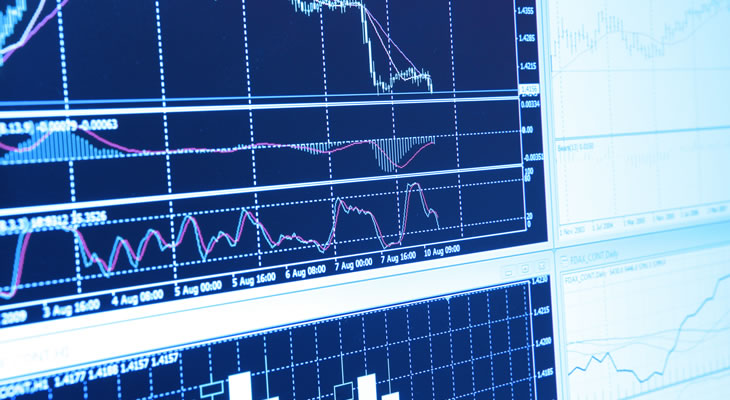Robust UK Employment and Wages Data Bolsters GBP Exchange Rate Outlook
The near-term outlook for the Pound US Dollar (GBP/USD) exchange rate grew increasingly positive this week as markets responded to an upbeat run of UK employment figures and renewed confidence that a satisfactory Brexit deal will be achieved.
According to data from the Office for National Statistics (ONS), employment in the UK climbed to 75.3% in the three months to November – the joint highest reading since records began in 1971.
This predominantly resulted from a shift in self-employment, with many previously self-employed professionals moving to secure full-time contracts over this period.
In respect to pay, however, the figures were slightly less positive, with wages continuing to lag behind the UK’s sizable levels of inflation in the three months to November.
This amounted to a -0.5% drop in real terms (excluding bonuses) though the average weekly earnings growth figure did inch ahead to 2.4%, up from the previous period’s 2.3%.
Ultimately the UK’s economy seemed to maintain its pace of expansion towards the end of 2017; a strong indicator of resilience and another reason for markets to buy into the Pound.
This was quickly reflected by the sizable 1.4% gain in the GBP/USD exchange rate.
US Dollar (USD) Exchange Rates Tumble as Mnuchin Welcomes Weaker Dollar
US Dollar (USD) exchange rates continued to encounter turbulence on Wednesday as markets reacted to remarks from US Treasury Secretary Steven Mnuchin.
Speaking at the press conference for the World Economic Forum in Davos, Mnuchin asserted that the government was committed to growth of 3% or more, and that the current weakness of the US Dollar would only help increase trade opportunities.
‘Obviously a weaker Dollar is good for us as it relates to trade and opportunities’, Mnuchin stated, adding that the currency’s short term value is ‘not a concern of ours at all’.
The Treasury Secretary also asserted that the US is committed to free and fair trade, pointing out that strong US growth is good for the economy and that there was no inconsistency within the ‘America First’ agenda.
Markets remained unconvinced, however, apprehensive about the US Dollar’s near-term future and cautious before US President Donald Trump’s comments at Davos.
The US Dollar broadly depreciated in response.
In other news the initial January PMI numbers for the US revealed strength in manufacturing but a small slip in services (manufacturing up to 55.5, services down to 53.3) – an encouraging start to the year which markets have also attributed to the current weakness of the US Dollar.
GBP/USD Exchange Rate Liable to Strengthen on Renewed Brexit Optimism
Markets seem to be growing increasingly optimistic about how the UK will handle Brexit, with businesses now slightly more secure in the knowledge that a 2-year transitionary period will most likely be achieved and that the UK will be free to seek trade deals with other nations during this time.
During today’s hearing of the Brexit Committee UK Brexit Secretary David Davis outlined optimism regarding the UK’s post-Brexit economy, asserting that he does not expect leaving the single market and customs union to have a negative impact on the UK’s economy.
These comments proved similar in sentiment to those of the former Treasury Minister Lord Jim O’Neil, an economist who recently asserted that any negative impact that Brexit might have will be ‘dwarfed’ by growing positive economic prospects.
O’Neil shared his thoughts (referring to the Mayor of London’s recent Brexit impact assessment):
‘My own view is if we go for a really hard Brexit or a no-deal Brexit, we’ll probably suffer more than that 3 per cent. But if it is only 3 per cent, [with] what’s going on with the rest of the world helping us and with productivity improving, that will easily dwarf a 3 per cent hit over 13 years, easily’.
If this outlook continues to propagate then the GBP/USD exchange rate could continue to hit post-Brexit highs.


Comments are closed.